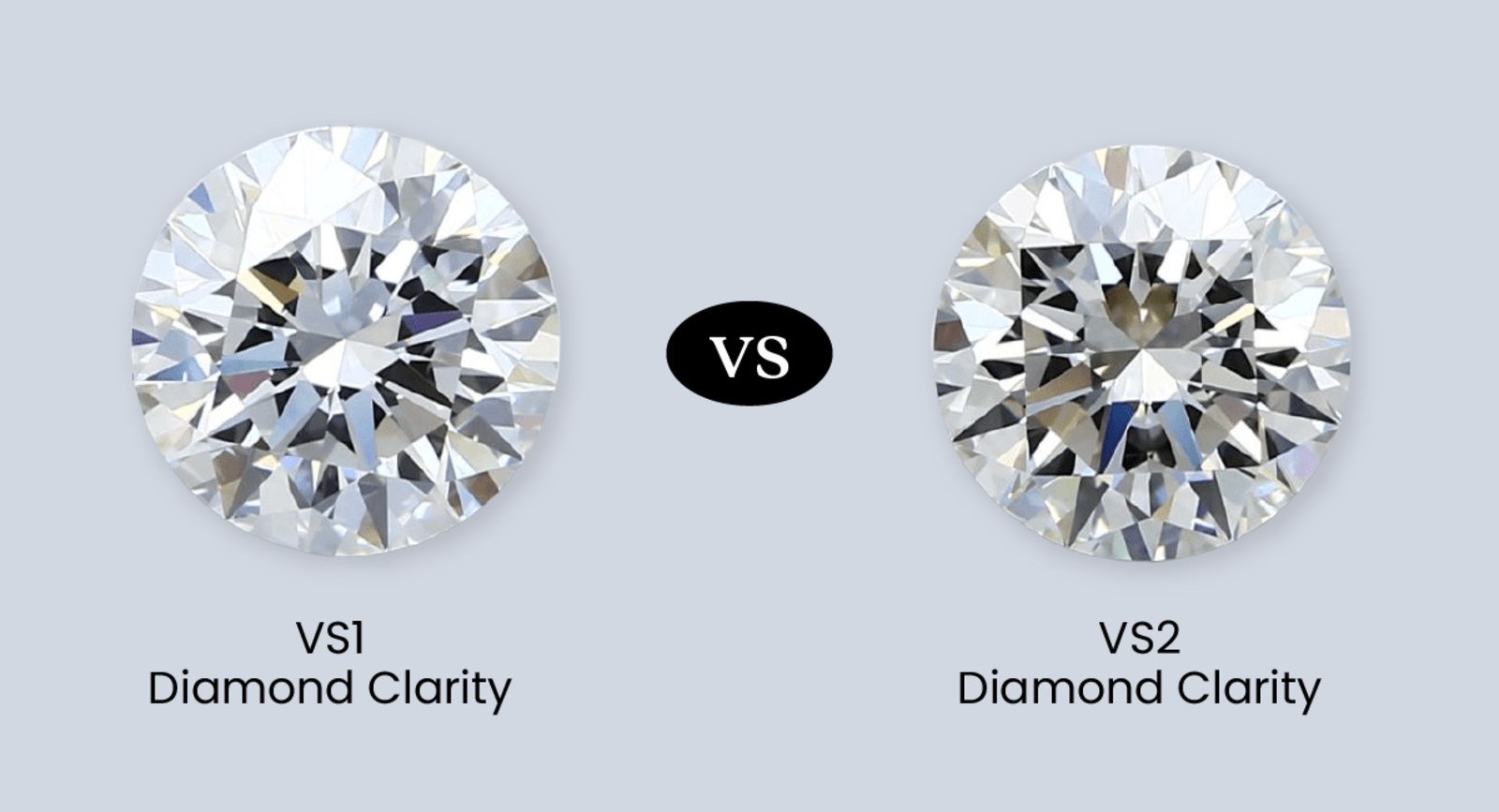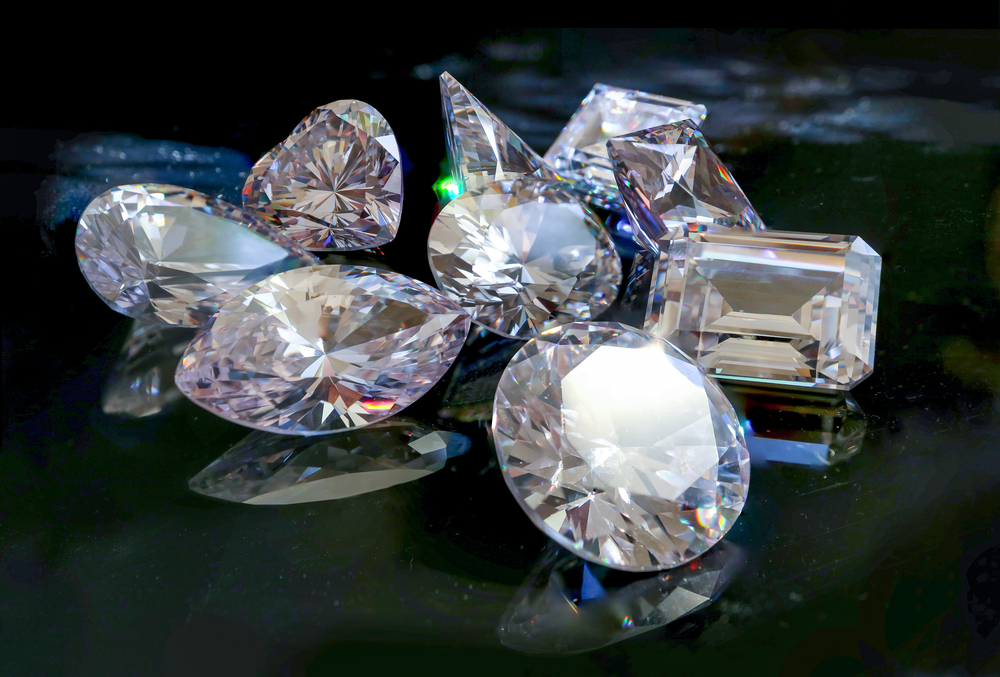What is a Diamond Chart?
A diamond chart is a tool used to assess the quality of diamonds based on the “Four Cs” — cut, color, clarity, and carat weight. These criteria are essential in determining a diamond’s overall value and appearance. While the chart is commonly associated with natural diamonds, it is equally useful when evaluating lab created diamonds. Lab created diamonds, which are chemically and physically identical to mined diamonds, also undergo the same grading process according to the Four Cs.
Cut: A Crucial Factor for Lab Created Diamonds
The cut of a diamond is perhaps the most important factor in determining its beauty, as it influences how light reflects off the diamond and contributes to its sparkle. A diamond chart categorizes cuts into various grades, from excellent to poor, based on symmetry, proportions, and polish. Whether you’re choosing a round brilliant or a princess cut, lab created diamonds will be graded the same way as mined diamonds, ensuring that you receive a beautiful stone with exceptional brilliance.
In lab created diamonds, the precision of the cut is often enhanced because the controlled environment in which they are grown allows for fewer imperfections. As a result, lab created diamonds can often achieve a higher cut grade than natural diamonds, making them an excellent choice for those who want a sparkling, well-cut stone.
Color: Understanding Diamond Chart Ratings
Color is another critical factor when it comes to diamonds. The diamond chart includes a range from D (colorless) to Z (light yellow or brown). Lab created diamonds are graded on the same scale as mined diamonds, and their color can vary depending on the conditions under which they are grown. Most lab created diamonds fall within the colorless to near-colorless range (D to G), offering a visually stunning appearance without the higher price tag of natural diamonds.
One advantage of lab created diamonds is that the color can be more easily controlled during the creation process, allowing for fewer inclusions or color tints. As a result, these diamonds often display excellent clarity and color, offering high-quality options for engagement rings, necklaces, and other fine jewelry.
Clarity: Grading Lab Created Diamonds
Clarity refers to the presence of internal or external flaws, called inclusions and blemishes, which affect a diamond’s appearance. The diamond chart rates clarity from Flawless (no inclusions visible under 10x magnification) to Included (inclusions visible to the naked eye). Lab created diamonds typically have fewer inclusions than natural diamonds, as they are grown in controlled environments where conditions are carefully monitored.
Because of their lower inclusion rates, lab created diamonds often receive higher clarity grades compared to their natural counterparts. This makes them an attractive option for buyers looking for a flawless, high-quality diamond without the premium cost of a natural diamond with similar clarity. Whether you’re selecting a lab created diamond for a custom engagement ring or a special gift, clarity is a key factor in achieving a brilliant and beautiful piece of jewelry.
Carat Weight: Evaluating Size on the Diamond Chart
Carat weight refers to the size of the diamond, and it plays an important role in determining its price. On the diamond chart, carat weight is measured in increments of 0.01 carat, and larger diamonds are typically more expensive due to their rarity. Lab created diamonds are often available in larger sizes compared to natural diamonds at a fraction of the price. This allows you to get a more significant carat weight without compromising on quality or cost.
While lab created diamonds can be found in a variety of carat weights, it’s important to note that their size should be balanced with the other factors on the diamond chart, such as cut, color, and clarity. When selecting a lab created diamond, consider these elements in combination to ensure you choose a stone that meets your aesthetic preferences and budget.
The Benefits of Lab Created Diamonds
The primary advantage of lab created diamonds over natural diamonds is their ethical and environmental impact. Since they are made in a lab rather than mined from the earth, they don’t contribute to the environmental degradation or human rights concerns that sometimes accompany diamond mining. Additionally, lab created diamonds are often less expensive than mined diamonds, even though they are chemically identical. This allows consumers to purchase a larger or higher-quality diamond at a more affordable price.
On a diamond chart, lab created diamonds will be graded just like natural diamonds, making it easy for buyers to compare the two. Whether you’re purchasing a lab created diamond engagement ring or a pair of earrings, the grading system helps ensure you make an informed decision that suits your style and budget.
The Growing Popularity of Lab Created Diamonds
Over the past few years, lab created diamonds have gained significant popularity, particularly among millennials and eco-conscious buyers. Consumers are increasingly drawn to lab diamonds for their affordability, sustainability, and ethical sourcing. In fact, many jewelers now offer a wide range of lab created diamonds that are fully certified, giving buyers peace of mind knowing their purchase is both beautiful and responsible.
Using the diamond chart to evaluate lab created diamonds allows consumers to make informed decisions without sacrificing quality. As more consumers turn to lab diamonds for their jewelry needs, it is likely that their popularity will continue to rise, making them a long-term choice for future generations.
The Environmental Impact of Lab Created Diamonds
One of the key reasons people opt for lab created diamonds is their lower environmental impact. Traditional diamond mining requires large-scale excavation, which can harm ecosystems and contribute to pollution. In contrast, lab created diamonds are produced with minimal environmental impact, using advanced technology to create a high-quality diamond in a lab setting. This sustainability factor is often reflected in the lower price point of lab diamonds, making them an ethical and budget-friendly choice for discerning buyers.
By choosing lab created diamonds, you can feel confident that your diamond jewelry is not only stunning but also contributes to a cleaner, more responsible planet.
Conclusion: Navigating the Diamond Chart with Lab Created Diamonds
Whether you’re selecting a diamond for an engagement ring, a special gift, or a piece of heirloom jewelry, the diamond chart is an essential tool for understanding a diamond’s quality. With lab created diamonds, you get the same brilliance and beauty as natural diamonds, along with the added benefit of ethical sourcing and lower prices. By carefully considering the Four Cs on the diamond chart — cut, color, clarity, and carat weight — you can make an informed decision and choose a lab created diamond that perfectly fits your style and values.





